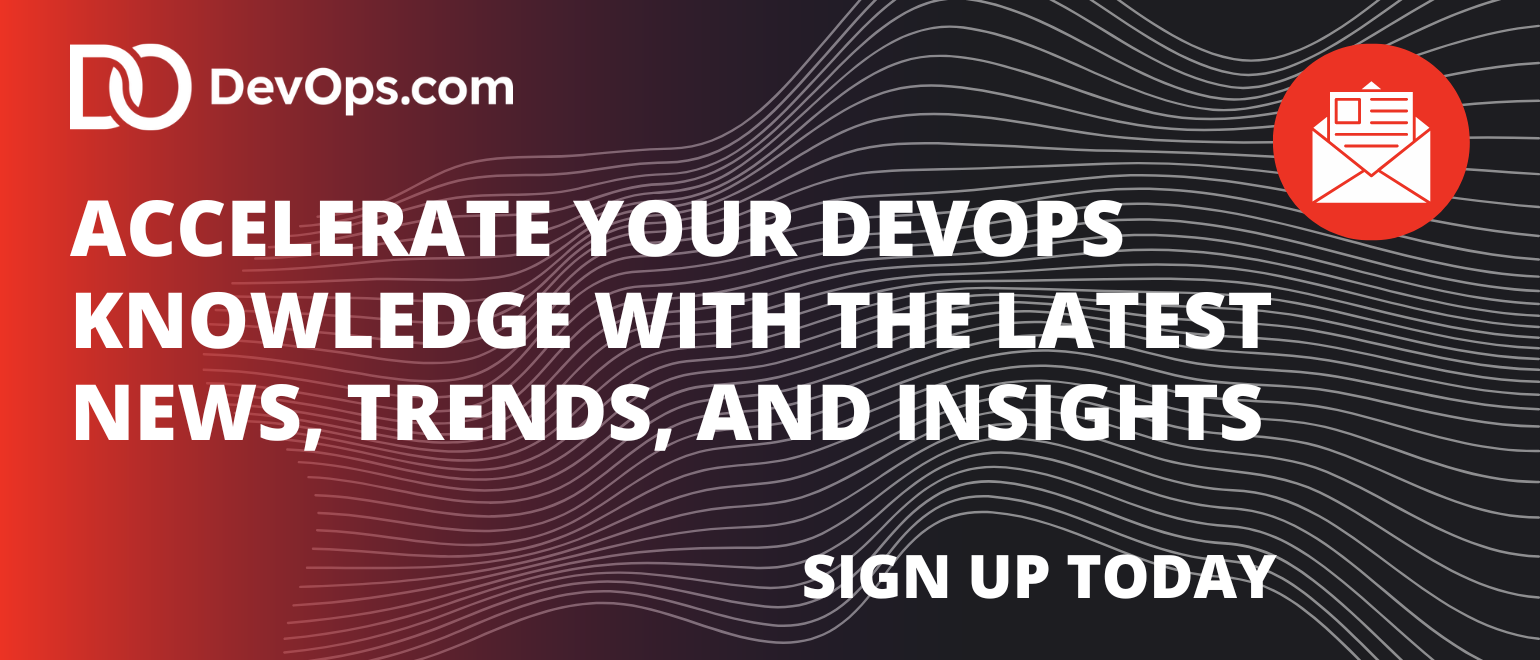BMC Software has added an ability to collect telemetry data from mainframes using open source OpenTelemetry software that can then be more easily shared with multiple observability tools and platforms such as Elastic, Splunk, Grafana, and Datadog.
Company CTO Ram Chakravarti said the BMC AMI Ops platform now has an OpenTelemetry connector for mainframes running z/OS as part of an effort to unify observability across multiple data planes. That’s becoming a more critical requirement as mainframes become more integrated across workflows that span hybrid computing environments, he added.
That issue is becoming even more pressing as more IT teams managing mainframes adopt best DevOps practices, he added. In fact, a recent BMC survey finds more than two-thirds of organizations managing mainframes (67%) have adopted DevOps, with more than a quarter (26%) seeing value within six months of adoption.

BMC as part of its effort to integrate workflows across mainframes and distributed computing environments has also been integrating its Control-M orchestration framework with third-party frameworks commonly found in distributed computing environments, with the latest involving an alliance with Databricks.
Collectively, those capabilities will streamline workflows in a way that makes it simpler to more broadly apply artificial intelligence (AI) to automate IT operations using, for example, an AI advisor, dubbed Jett, that BMC has developed, noted Chakravarti.
OpenTelemetry, currently being advanced as an open source project under the auspices of the Cloud Native Computing Foundation (CNCF), will play a crucial role in realizing that vision, making it simpler to instrument not just applications but also the entire IT infrastructure environment. After all, the more telemetry data an AI agent can access the more likely it is that the output generated will be valid. The challenge now however, is not necessarily how to collect that telemetry data so much as it may be identifying which subsets of it are worth retaining at what cost.
Each IT organization will need to decide for itself how widely they may want to instrument their IT environments. Historically, many organizations have tended to limit the number of applications they instrumented simply because the time, effort and costs involved were too high. Now it’s becoming feasible to broadly apply AI and observability to surface deeper insights into dependencies that go well beyond simply monitoring a set of pre-defined metrics.
Mitch Ashley, vice president and practice lead for software lifecycle engineering at the Futurum Group, said as a result, OpenTelemetry is rapidly become the common language of observability across modern and legacy environments. BMC’s integration of OpenTelemetry into AMI Ops extends this standard to the mainframe, bringing long-isolated systems into the same unified telemetry fabric used by cloud-native and distributed applications, he added.
This marks another important milestone in the industry-wide shift toward open, vendor-neutral observability, noted Ashley.
Hopefully, IT environments will soon become simpler to manage even as they paradoxically become more complex. In the meantime, however, DevOps teams would be well advised to not overlook the simple need to instrument everything now if they hope to achieve that goal later.




